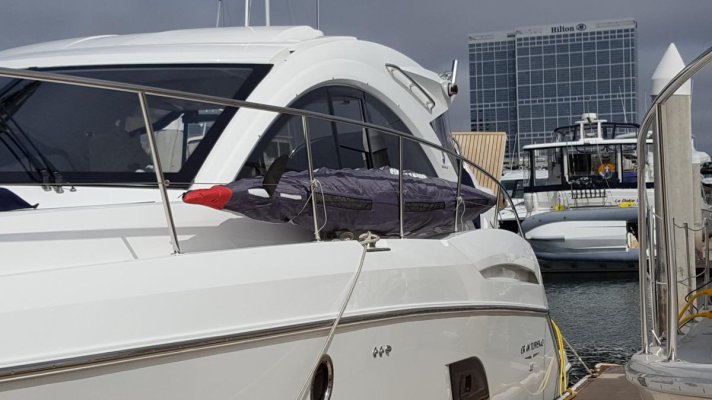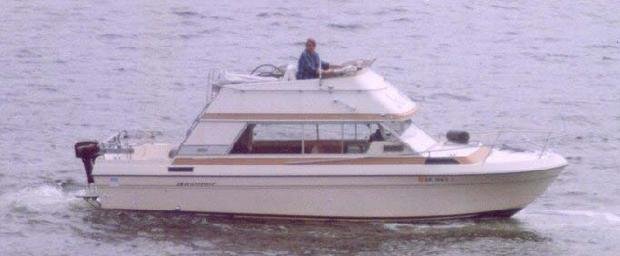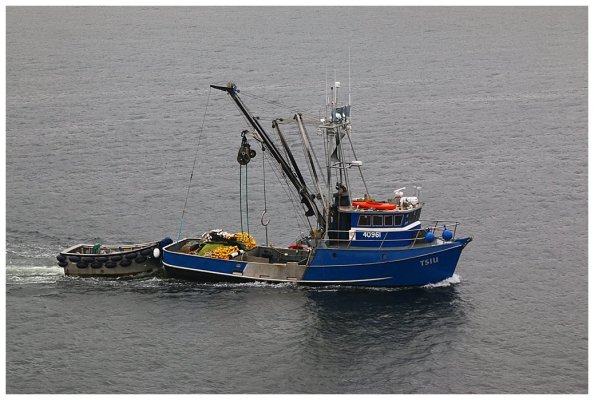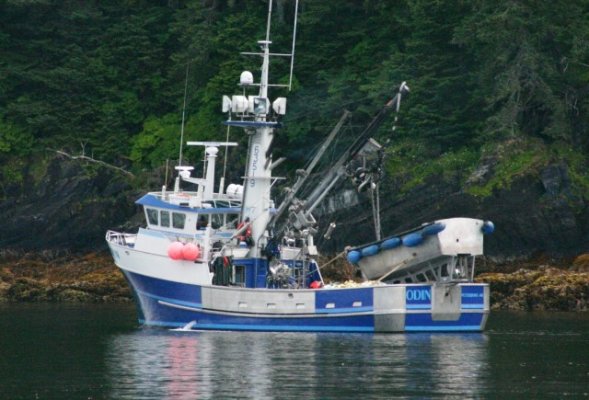Astral Blue
Veteran Member
- Joined
- Apr 8, 2012
- Messages
- 71
- Location
- Sacramento, CA
- Vessel Name
- Astral Blue
- Vessel Make
- Bayliner Victoria 2750 Command Bridge
Our canoe is beginning to become our new dinghy -- as the anchorages we have been visiting have been much more enjoyable to explore paddling with a canoe versus our inflatable Avon with the outboard. I'm looking for some feedback/insight/advice/tips from others who have done this.
We typically cruise at a maximum speed of 6 knots. Our canoe is 15'6", very stable, and (as claimed by the manufacturer) unsinkable, but have no desire to find out whether the latter is true. We have towed it 20+ feet behind us in relatively calm waters and have been fortunate enough to have avoided large wakes. It wobbles considerably when taking small wakes from the beam, but I haven[t been convinced it was anywhere close to capsizing. It was simply making us a bit nervous. Needless to say, it is far less stable than the Avon under tow.
One thought I entertained was side-tying it on the starboard side, bringing it relatively close to the hull, and placing a few bumpers in between. I have never seen it done, but would love feedback on the advantages and disadvantages...as well as potential risks.
We typically cruise at a maximum speed of 6 knots. Our canoe is 15'6", very stable, and (as claimed by the manufacturer) unsinkable, but have no desire to find out whether the latter is true. We have towed it 20+ feet behind us in relatively calm waters and have been fortunate enough to have avoided large wakes. It wobbles considerably when taking small wakes from the beam, but I haven[t been convinced it was anywhere close to capsizing. It was simply making us a bit nervous. Needless to say, it is far less stable than the Avon under tow.
One thought I entertained was side-tying it on the starboard side, bringing it relatively close to the hull, and placing a few bumpers in between. I have never seen it done, but would love feedback on the advantages and disadvantages...as well as potential risks.




